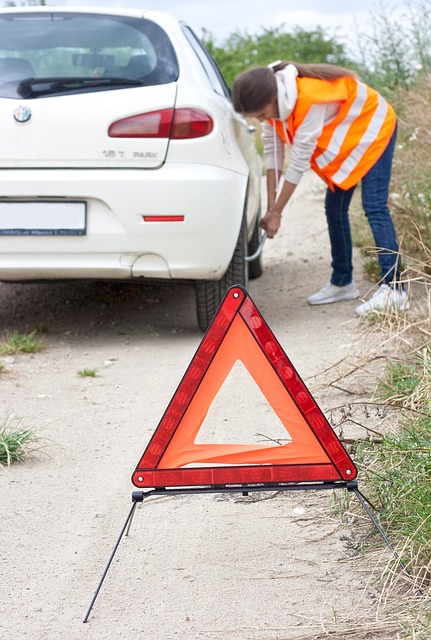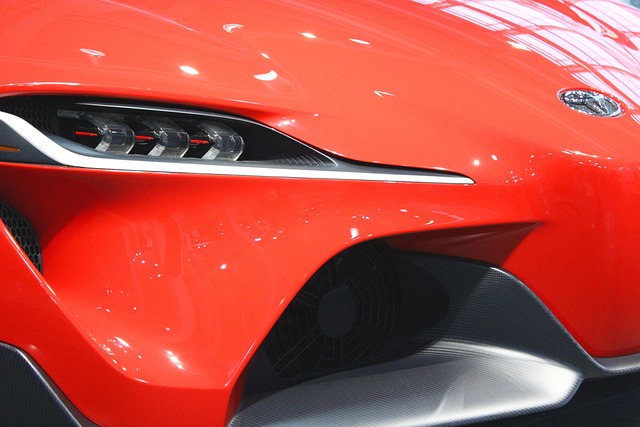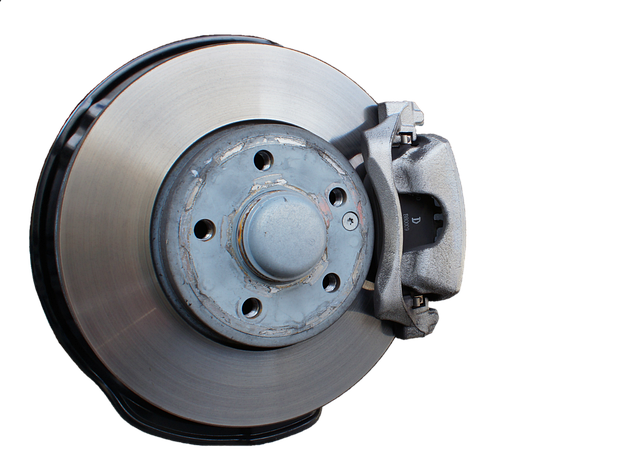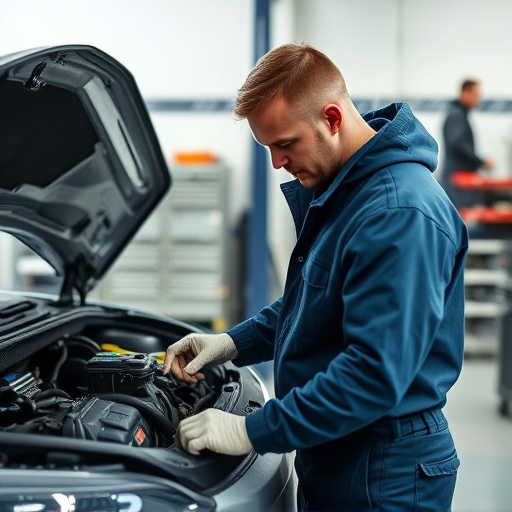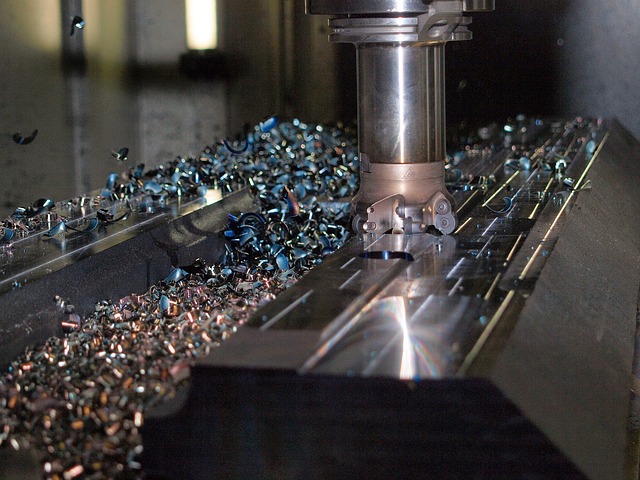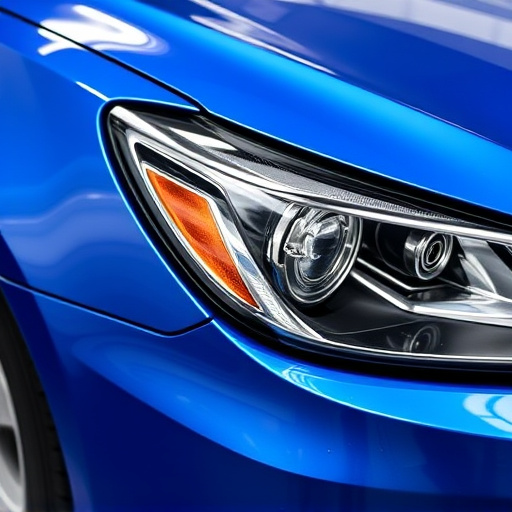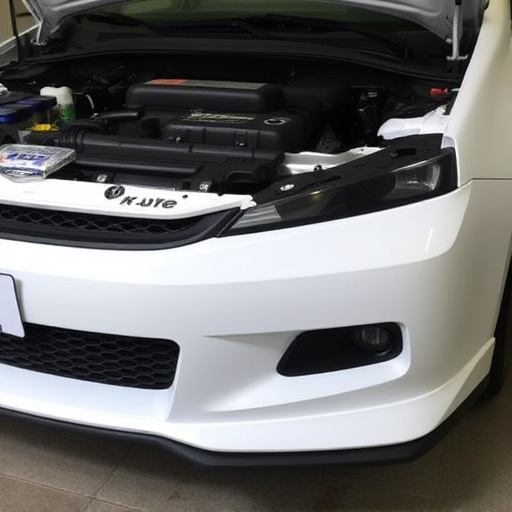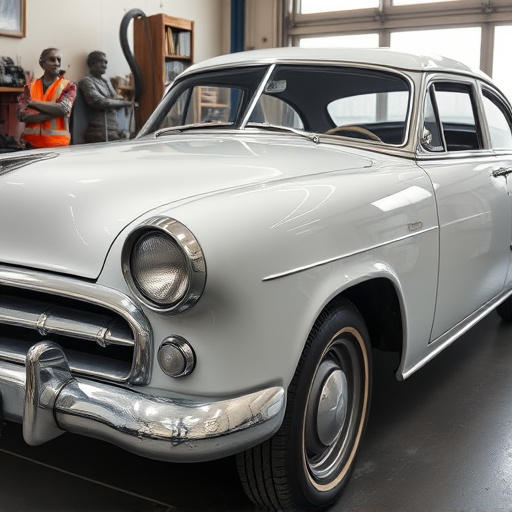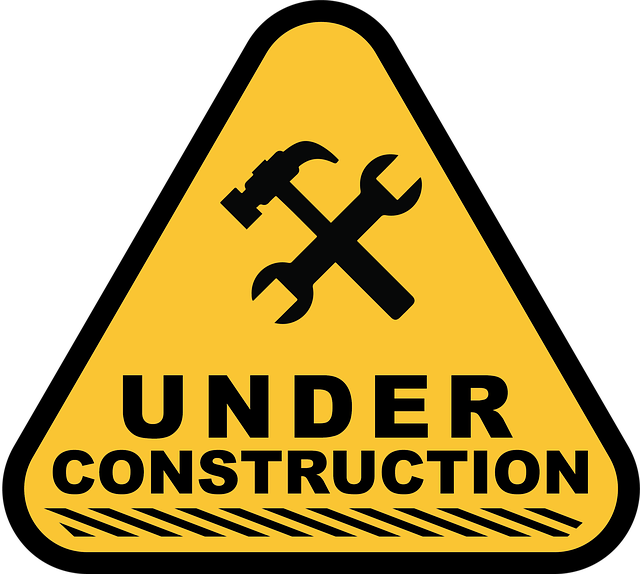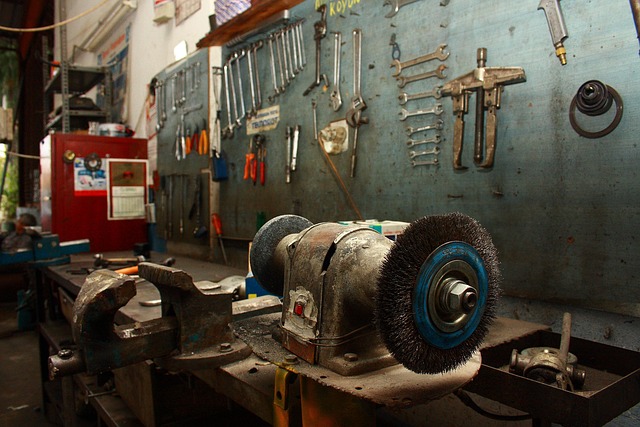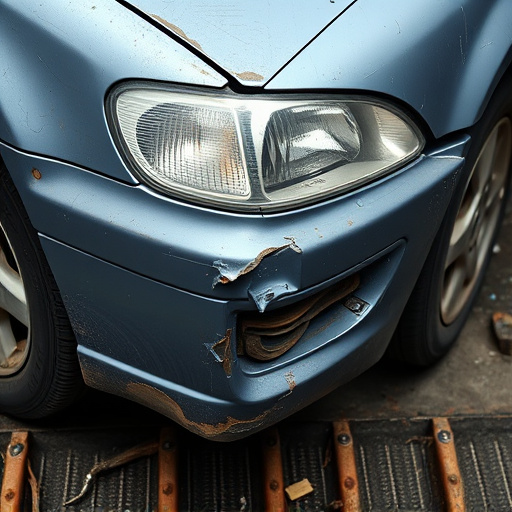Digital frame measuring technology has revolutionized collision repair and body shop services by providing precise, non-invasive 3D scans of vehicle frames, detecting even slight discrepancies or deformities. This enhances repair quality, streamlines workflows, increases efficiency, and offers superior customer experiences in paintless dent repair. In structural alignment, digital sensors capture and analyze intricate dimensions, enabling detailed specifications and optimizing quality control with real-time data tracking. Despite initial investment and training challenges, digital frame measuring systems offer significant benefits like reduced service times and higher customer satisfaction, making them invaluable assets for modern auto care operations.
In today’s construction landscape, precise structural alignment is paramount for durable and safe buildings. This is where digital frame measuring technology steps in as a game-changer. This article explores the revolutionary impact of digital frame measuring in structural alignment techniques. We delve into the understanding of this technology, its application, benefits, and challenges, providing a comprehensive review for professionals navigating this innovative field.
- Understanding Digital Frame Measuring Technology
- Its Application in Structural Alignment Techniques
- Benefits and Challenges: A Comprehensive Review
Understanding Digital Frame Measuring Technology
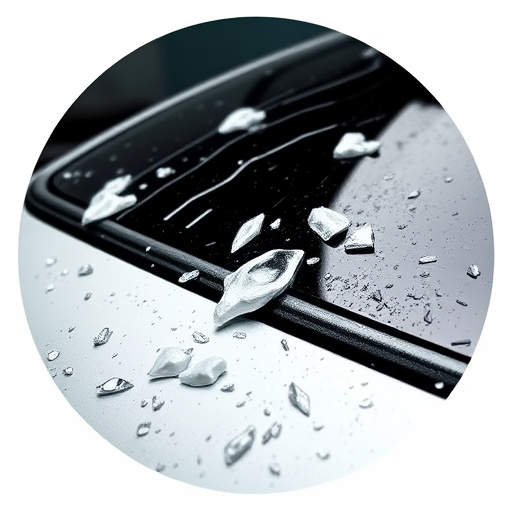
Digital frame measuring technology has revolutionized the way structural alignment is performed in collision repair shops and body shop services. This advanced tool allows for precise, non-invasive measurements of vehicle frames, providing crucial data that ensures accurate repairs. By capturing detailed 3D scans, digital frame measuring systems can detect even the slightest discrepancies or deformities, enabling technicians to make informed decisions during the restoration process.
In the realm of paintless dent repair, a specialized technique within body shop services, digital frame measuring plays a pivotal role. It facilitates the accurate assessment of damage and helps in developing effective strategies for removing dents without painting. This not only enhances the quality of repairs but also streamlines the workflow, making collision repair shops more efficient and competitive in the market, while offering superior customer experiences through minimal vehicle disruption.
Its Application in Structural Alignment Techniques
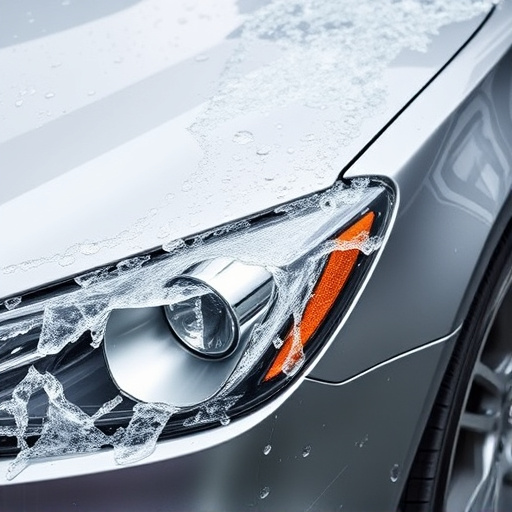
Digital frame measuring has emerged as a game-changer in structural alignment techniques across various industries, notably in vehicle collision repair and autobody repairs. This advanced technology leverages precise digital sensors to capture and analyze the intricate dimensions and geometry of damaged components. By providing accurate measurements, it enables specialized software to generate detailed alignment specifications, guiding technicians through the intricate process of restoring vehicles to their pre-accident condition.
The application extends beyond mere precision; it optimizes efficiency in vehicle repair processes. Digital frame measuring aids in identifying subtle misalignments that might go unnoticed during manual inspections, ensuring comprehensive and accurate repairs. Moreover, its ability to digitize and record measurements facilitates the documentation and tracking of progress, streamlining workflows and enhancing quality control in both structural alignment and broader vehicle repair operations.
Benefits and Challenges: A Comprehensive Review

The implementation of digital frame measuring technologies has revolutionized structural alignment processes in the automotive industry, particularly for car bodywork services and fleet repair businesses. These advanced tools offer a multitude of benefits, ensuring precise measurements and streamlined workflows. Digital frame measuring systems provide real-time data, enabling technicians to identify even the subtlest deviations from original specifications during auto repair near me services, thereby enhancing overall precision and quality control.
Despite these advantages, challenges persist in adopting such innovative solutions. Initial investment costs for high-tech equipment can be a significant hurdle, especially for smaller workshops. Furthermore, training staff to operate digital frame measuring devices effectively requires time and resources. However, when fleet repair services embrace these technological advancements, they unlock improved efficiency, reduced cycle times, and enhanced customer satisfaction, making them invaluable assets in modern auto care operations.
Digital frame measuring technology plays a pivotal role in enhancing structural alignment processes, offering precise measurements and improved efficiency. By leveraging this innovative approach, construction professionals can optimize project outcomes, reduce errors, and streamline critical alignment tasks. While challenges exist, such as initial cost investment and learning curves, the benefits of digital frame measuring far outweigh these hurdles, making it an indispensable tool for modern construction practices.

